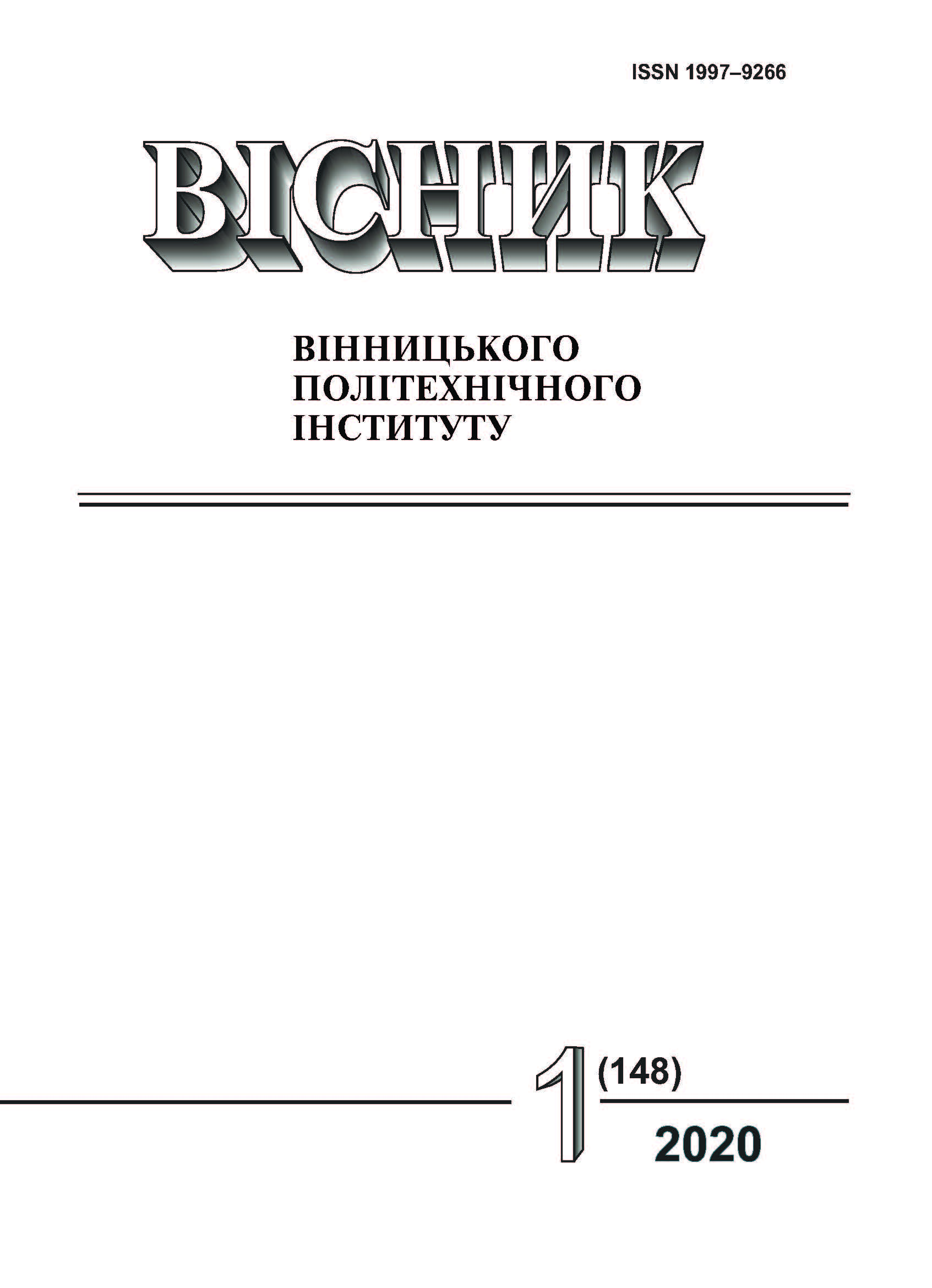Morphological Description of the Top Level Autoservice Enterprises Functioning Model
DOI:
https://doi.org/10.31649/1997-9266-2020-148-1-84-89Keywords:
autoservice enterprises, coefficient of concordance, modelAbstract
The analysis of all possible parameters that can influence the quality of services and organization of productive process on the system of autoservice enterprises was conducted in this work. This analysis is carried out on the base of questionnaire realization of service centers workers, clients and experts of this industry. 400 questionnaires were worked out. As a result of their work the great number of parameters that can influence the quality of producible works were pulled out. It was certain by means of expert method of estimation, that the most ponderable parameters are nineteen. For the estimation of coordination measure experts opinions there was calculated coefficient of concordance, that laid down 0,83. It means that most experts consent with such combination of parameters. A next step was forming of autoservice enterprises network functioning model. Also, on the basis of certain substantial parameters for implementation of quality services morphological description of autoservice enterprises network functioning model was formed. There have been offered the variants that can describe each of parameters. Model parameters are divided into 3 groups: those related to the network of autoservice enterprises, those, related to the car, which is served, and those, related to the environment where an autoservice enterprise is located. The worked out morphological description of top level functioning model autoservice enterprises of network becomes basis for the calculation of weight coefficients each of the offered parameters and determination of optimal combination of parameters, that will provide the greatest level of quality executable services. On the basis of realizable analysis and information about current status of autoservice enterprises network in a select region it becomes possible to conduct self-reactance authentication of mathematical model of the system, compare the received values of parameters to standard and set the parameters of influence vector on the system for the receipt of higher results of its functioning.
References
С. І. Андрусенко, і О. С. Бугайчук, Моделювання бізнес процесів підприємства автосервісу, монографія. Київ, Україна: Кафедра, 2014, 328 с.
В. Є. Канарчук, О. А. Лудченко, і А. Д. Чигринець, Основи технічного обслуговування та ремонту автомобілів. Організація, планування й управління. Київ, Україна: Вища шк., 1994, 383 с.
В. И. Сарабаев, С. С. Селиванов, В. Н. Коноплев, и Ю. Н. Демин, Техническое обслуживание и ремонт автомобилей: механизация и экологическая безопасность производственных процессов. Ростов н/Д, Россия: Феникс, 2004, 448 с.
О. А. Лудченко, Технічне обслуговування і ремонт автомобілів: організація і управління. Київ, Україна: Знання, 2004, 478 с.
M. Royer-Torney, and M. Mennenga, C. “A Reference Model for Analysing Automotive Service Formats,” CIRP IPS2 Conf. Herrmann Institute of Machine Tools and Production Technology, Braunschweig, Germany, 2010, pp. 355-362.
M. S. Hossain, A. Zahid, and R. J. Hoque, “Improvement of Service Quality at Automobile Workshop in Bangladesh,” 2017. [Online]. Available: https://www.researchgate.net/publication/320271596_Improvement_of_Service_Quality_at_Automobile_Workshop_in_Bangladesh. Accessed on December 25, 2019.
R. Katarne, S. Sharma, and J. Negi, “Measurement of Service Quality of an Automobile Service Centre,” 2010 . [Online]. Available: http://www.iieom.org/paper/Final%20Paper%20for%20PDF/184%20Sayendra%20Sharma.pdf. Accessed: on December 25, 2019.
Л. А. Тарандушка, i Н. Л. Костьян, «Трирівнева модель системи менеджменту якості автосервісних підприємств,» на Всеукр. Наук.-практ. Конф. «Новітні шляхи створення, експлуатації, ремонту і сервісу автомобілів,» Коблево, 2018, с. 65-67.
Dragana Velimirović, Čedomir Duboka, and Predrag Damnjanović, “Automotive maintenance quality of service influencing factors,” 2016 [Online]. Available: https://www.semanticscholar.org/paper/Automotive-maintenance-quality-of-service-factors-Velimirović-Duboka/f96f53c3769e8ae7d39bf24757420a9508cac99b. Accessed: on December 25, 2019.
А. П. Солтус, Л. А. Тарандушка, В. В. Біліченко, і Н. Л. Костьян, «Формування номенклатури споживчих критеріїв для розробки моделі організації автосервісного виробництва,» 2018 [Online]. Available:
http://www.irbis-nbuv.gov.ua/cgi-bin/irbis_nbuv/cgiirbis_64.exe?I21DBN=LINK&P21DBN=UJRN&Z21ID=&S21REF=10&S21CNR=20&S21STN=1&S21FMT=ASP_meta&C21COM=S&2_S21P03=FILA=&2_S21STR=vmbt_2018_2_17. Accessed on December 25, 2019.
О. Д. Марков, і П. О. Марков, Критерії та показники ефективності автосервісу. [Електронний ресурс]. Режим доступу: http://www.irbis-nbuv.gov.ua › cgi-bin › cgiirbis_64. Дата звернення: Грудень 25, 2019.
Downloads
-
PDF (Українська)
Downloads: 203
Published
How to Cite
Issue
Section
License
Authors who publish with this journal agree to the following terms:
- Authors retain copyright and grant the journal right of first publication.
- Authors are able to enter into separate, additional contractual arrangements for the non-exclusive distribution of the journal's published version of the work (e.g., post it to an institutional repository or publish it in a book), with an acknowledgment of its initial publication in this journal.
- Authors are permitted and encouraged to post their work online (e.g., in institutional repositories or on their website) prior to and during the submission process, as it can lead to productive exchanges, as well as earlier and greater citation of published work (See The Effect of Open Access).





